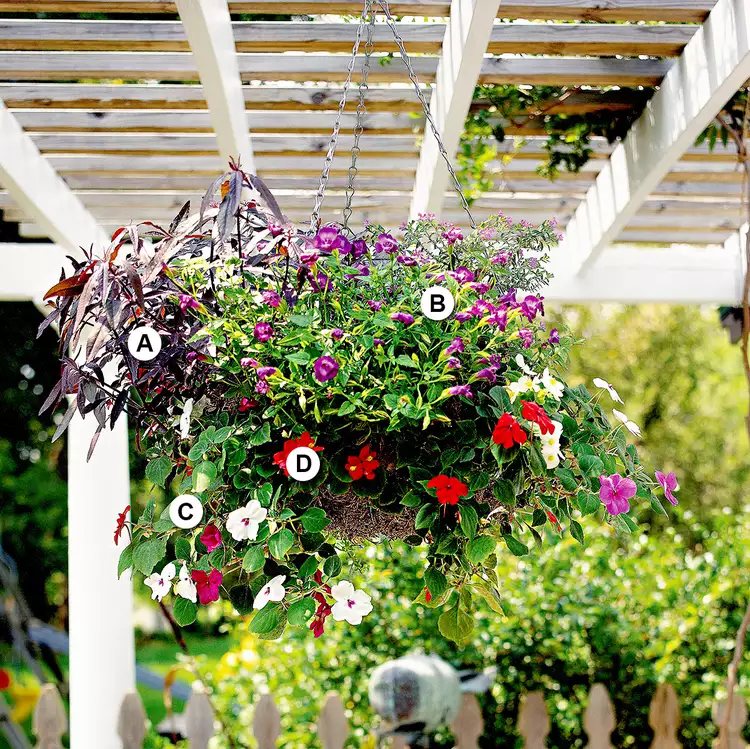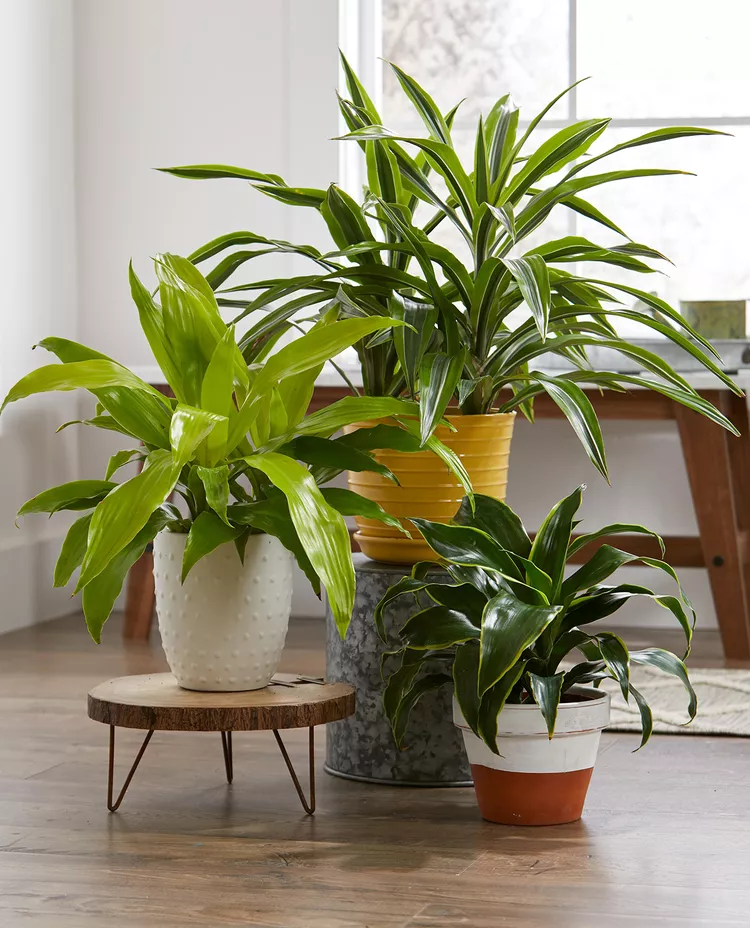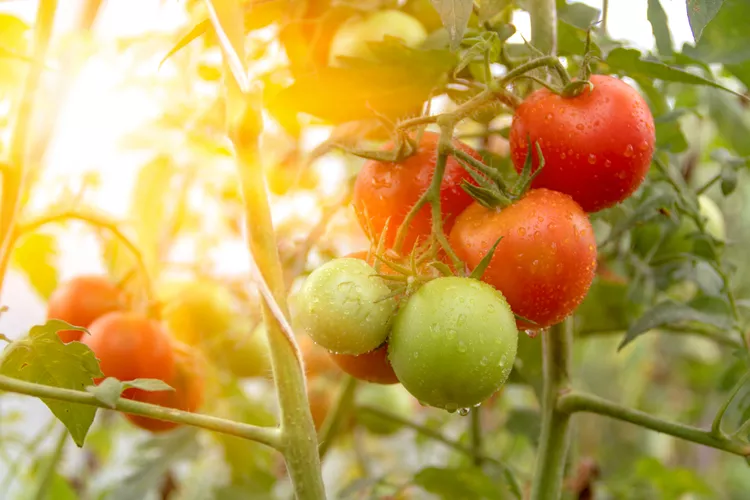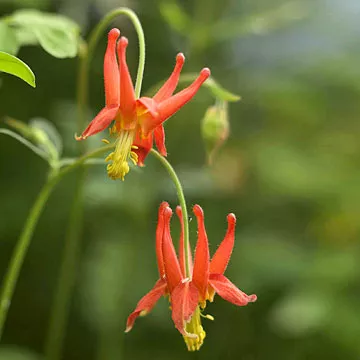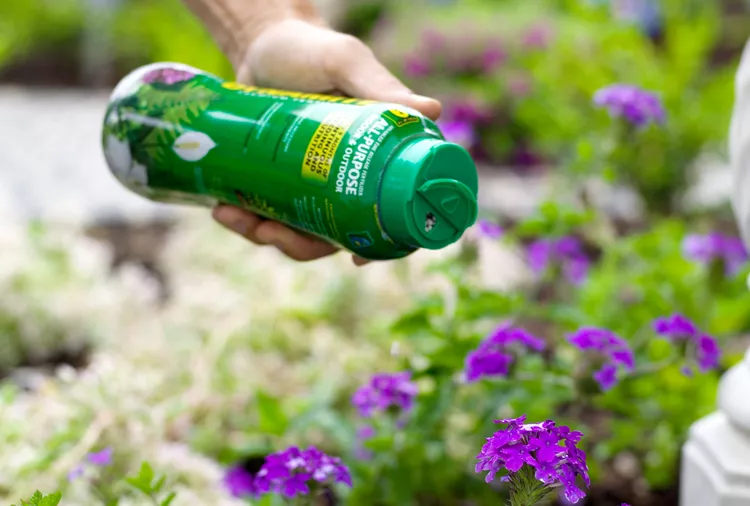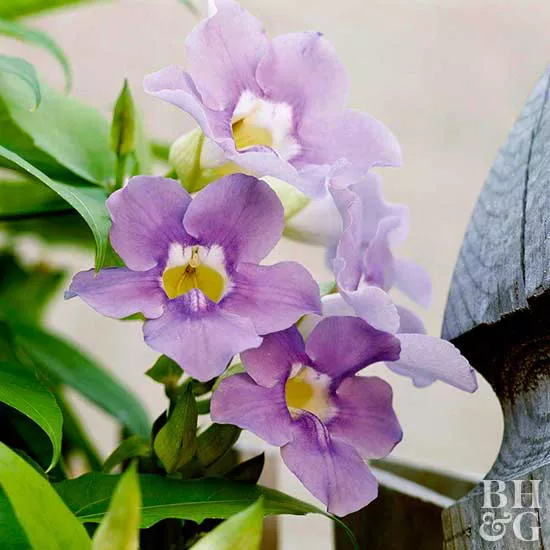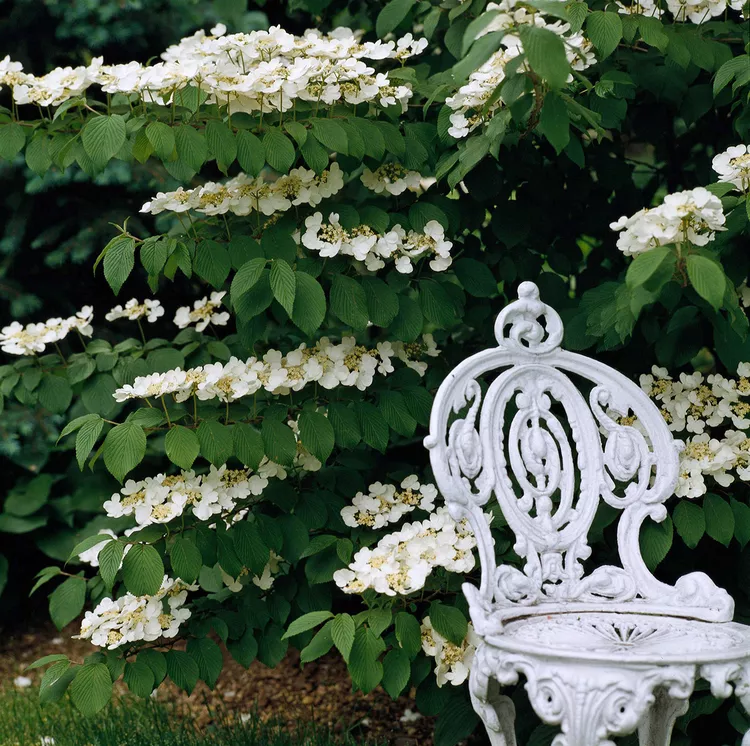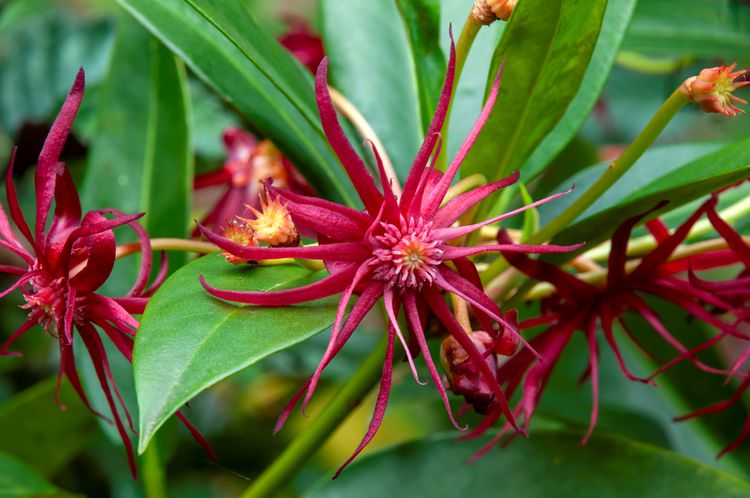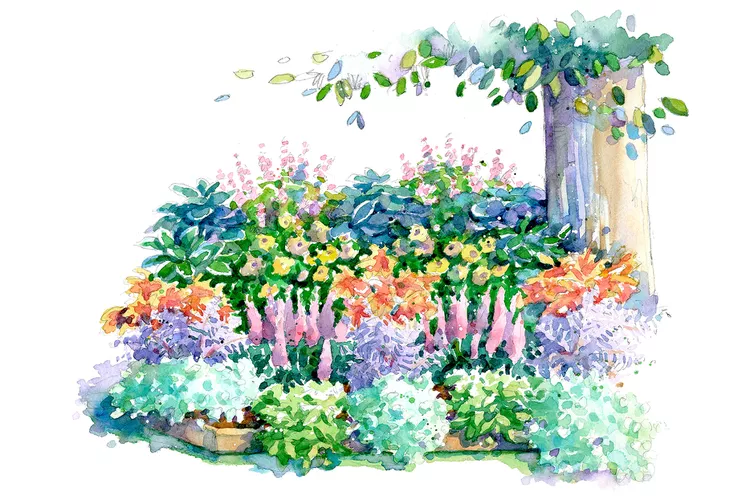Celery is a cold-hardy vegetable that grows beautifully alongside many other plants. However, it requires more water than other garden crops and is prone to pests like slugs and snails. One solution is adding celery companion plants, an all-natural and organic way to reduce pest pressure and help your celery plants grow even better. This list contains the best celery companion plants that have similar growing needs while offering pest protection and other benefits.
Alliums
Alliums, such as onions, garlic, and chives, emit a strong scent that masks the fragrance of nearby plants, making them nearly undetectable to pests. Growing alliums as a celery companion plant can keep many pests away, including aphids, slugs, and snails. Deer don’t like the scent of alliums, so using alliums as border plants in your vegetable garden keeps deer from browsing your produce.
Beans
Celery is a heavy-feeding, water-loving plant that suffers in poor soils and produces thin and stringy stalks if it doesn’t receive enough fertilizer and water. One easy solution is to grow nitrogen-fixing beans near the celery plants. Not only do bush and pole beans add much-needed nitrogen to the soil, but the lush leaves of bean plants offer additional shade and prevent soil moisture from evaporating quickly.
Cabbage and Other Brassicas
Most celery companion plant pairings are meant to benefit celery and help it grow better, but if you grow celery with cabbage, celery will improve the growth of your cabbage plants. That’s because celery’s scent repels cabbage worms and cabbage loopers, major brassica crop pests. Even better, cabbage and celery are both cool-weather vegetables that love lots of water; growing them together makes it easier to irrigate these water-loving crops.
Chamomile
Many gardeners claim that growing chamomile with celery improves the flavor of celery plants and helps them grow better. While this companion planting benefit needs more research, what is known for sure is that chamomile is one of the best plants to grow if you want to attract beneficial insects to your garden. Chamomile’s dainty blooms lure hoverflies and parasitic wasps to the celery plants and help keep your celery crop pest-free.
Cosmos
Cosmos are ornamental plants usually grown in cutting gardens. However, these fast-growing annual flowers also thrive in vegetable beds. When used as celery companion plants, they can attract beneficial insects for natural pest control. Beyond drawing in pollinators, some beneficial insects that love cosmos flowers are ladybugs, lacewings, hoverflies, and parasitic wasps.
Cucumbers
Cucumbers and celery both crave lots of water, so growing them together makes sense. Plus, if you keep vining-type cucumbers on trellises, their leaves cast extra shade on the celery plants, preventing the soil from drying out quickly. You can also grow cucumbers without trellises and allow their vines to function as a living mulch for weed suppression.
Marigolds
Marigolds are famous for their pest-repellent properties, but more than that, marigolds also function as trap crops and draw pests away from valuable vegetables. When you interplant marigolds with celery, they lure slugs, snails, and thrips away from the celery crop and keep the celery stalks looking crisp. French marigolds tend to be the best choice for pest protection, and you can choose between dwarf or full-sized plants depending on the size of your garden.
Nasturtiums
Like marigolds, nasturtiums help keep pests at bay and also function as trap crops. When planted in vegetable gardens, they lure aphids and flea beetles away from neighboring celery plants. Their bright blooms add extra color to your vegetable beds, and their peppery leaves taste delicious in salads with celery and other fresh garden vegetables.
Mint
Mint makes a delicious addition to hot and cold beverages, but this fast-growing herb is also ideal for pest prevention. When planted near celery, mint plants repel various pests, including whiteflies, flea beetles, aphids, deer, and rabbits. However, mint is notorious for taking over gardens, so it’s best to grow mint in pots placed throughout the garden beds.
Spinach
Spinach and celery have similar growing requirements, so planting them together can streamline your gardening tasks. These cool-weather vegetables love nutrient-rich soil and plenty of moisture and can grow in fall or spring. What’s more, when celery and spinach grow together, the scent of celery protects the spinach plants from the dreaded cabbage worm.










